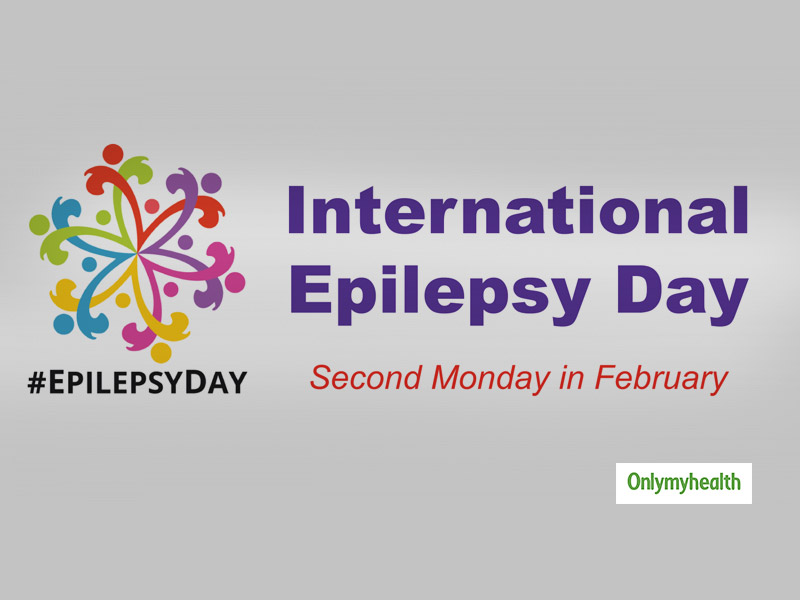
International Epilepsy Day 2020: Epilepsy is a neurological disorder of the central nervous system which affects nearly 50 million people. Epilepsy is one of the most common neurological disorders, which affects people of all ages from childhood to Old age. Epilepsy or sometimes called the seizure disorder is a chronic disorder of the brain which is characterized by recurrent unprovoked seizures. Seizures are resulted due to abnormal brain cell activity. It creates a higher impact on neurobiological, cognitive, psychological and social consequences. The epileptic seizures cause a temporary disturbance of motor, sensory, or psychological function and can cause other health issues.
Table of Content:-
Symptoms of Epilepsy
A seizure ends when the rare electrical activity in the brain stops and brain activity begins to return to normal. People may also experience the following as part of epilepsy:

- Complete body fainting or fatigue
- Rhythmic muscle contractions or muscle spasms
- Aura or pins and needles
- Amnesia or mental confusion
- Depression or fear of certain things
Also Read: Everything you need to know about Epilepsy
It is believed that sometimes having epilepsy can impact in professional life, a person’s living and recreational activities and as a result. People with epilepsy (PWEs) are often advised not to participate in sports and exercise, mostly because of fear, over-protection, and ignorance about the specific benefits and risks associated with such activities. Available research evidence suggests that physical exercise and active participation in sports may favourably affect seizure control, in addition to producing broader health and psycho-social benefits.

There are various treatment options for drug-resistant seizures including surgery, medically-managed diet therapy, and nerve stimulation. Treatment options for drug-resistant epilepsy should be evaluated with effective comprehensive epilepsy plans.
Also Read: What happens to your brain when you have a headache
FIRST AID FOR SEIZURES

Generalized Tonic-Clonic Seizure
In convulsive) seizures, the individual loses consciousness and falls. The body is initially rigid (tonic phase). In the clonic phase, the arms and legs jerk or tremble rhythmically. Consciousness is retained in a slow pattern.
- Stay calm.
- Do not offer food or drink until the person is fully out from a seizure
- Turn the person on his or her side as the seizure ends to allow saliva or liquids to drain away and keep the airway clear.

- It can be life-threatening to put anything in the person’s mouth
- Do not hold the person down
- Remove objects that may cause harm to the patient- clear the area of sharp or dangerous objects.
- Time the seizure when it comes – there is no requirement for a trip to the hospital unless the seizure lasts longer than five minutes (not including the postictal phase), the person has more than one seizure in a row, or if a person is injured, pregnant, or has diabetes.
- Stay with the person until they are completely out from seizure and thinking clearly and reassure till the patient regains the Seizure
(Inputs By Dr Pradyumna J Oak – Director & Head for Neurosciences, Nanavati Super Speciality Hospital)
Read more articles on Other Diseases
How we keep this article up to date:
We work with experts and keep a close eye on the latest in health and wellness. Whenever there is a new research or helpful information, we update our articles with accurate and useful advice.
Current Version